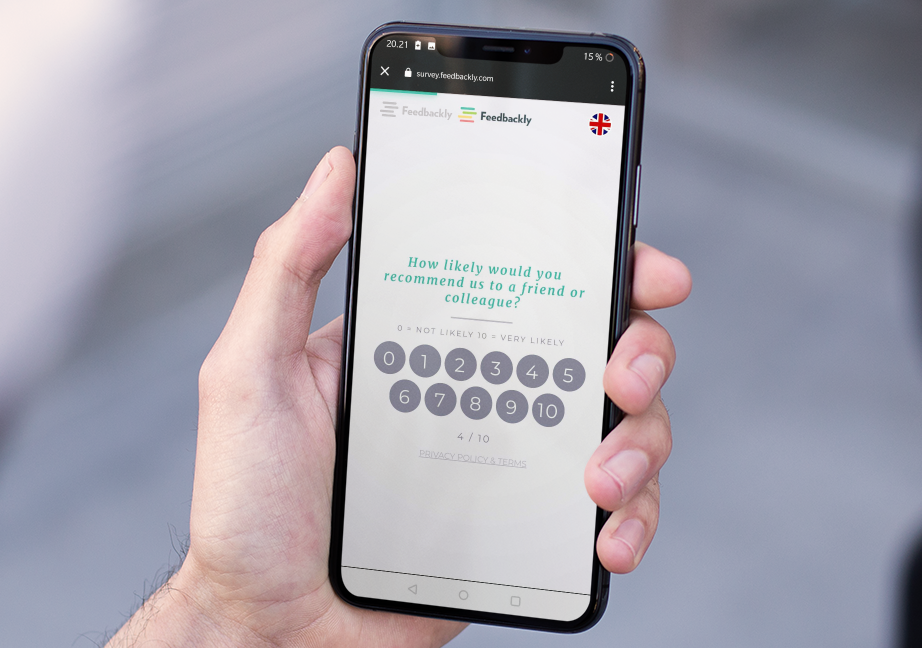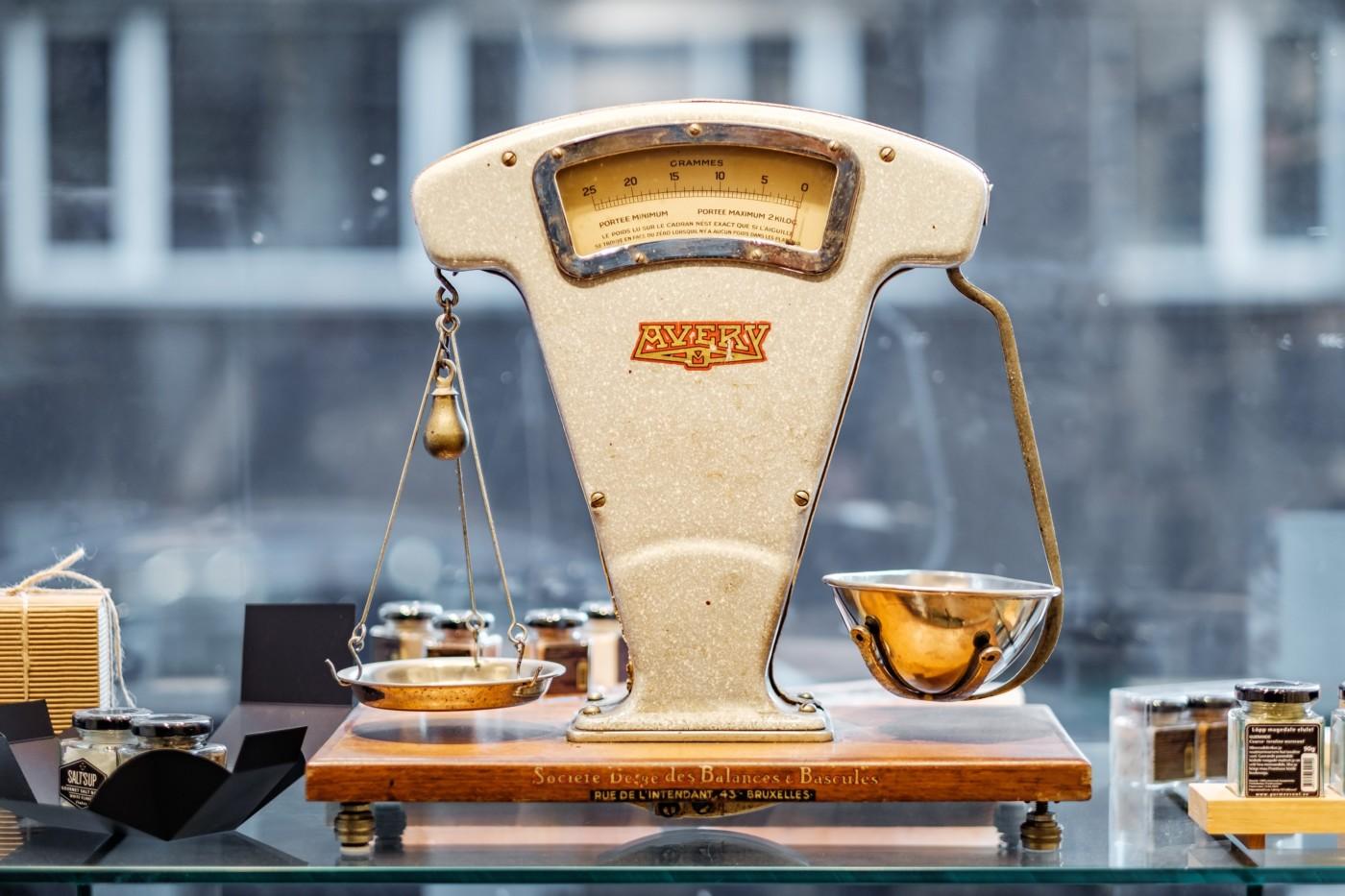What is NPS (Net Promoter Score) ?
The Net Promoter Score (NPS) is a metric used to identify the loyalty of customers to a business/brand. The NPS score is calculated using the responses of the NPS survey, which asks the simple question, “how likely are you to recommend this product/brand to someone you know?” from the customers. The respondents can rate their willingness to recommend on a scale of 1-10.
Segmenting your NPS survey results
Before calculating NPS, we should group the responses into the categories of promoters, detractors, and passives.
- Promoters are customers who gave a score of 9 or 10. They are very satisfied and are most likely the loyal and strongest advocates of your business
- Detractors are customers who rated a 6 or less. They might not be satisfied with your product or service and won’t recommend it to others.
- Passives are customers who gave a score of 7 or 8. It implies they are neither satisfied nor dissatisfied with the service.

How to calculate NPS?
NPS is calculated by subtracting the percentage of detractors from the percentage of promoters. A higher score denotes you have a strong loyal customer base, whereas a negative score pinpoints a high level of dissatisfaction. It is simple and easy to calculate NPS, and you can do it using an excel sheet, an online NPS calculator, or a survey tool.
1. Calculate NPS using Excel or Google spreadsheets
Although this method is quite time-consuming, it’s ideal if you are starting with a small survey sample. Here’s how to do it.
- If you have entered the survey results randomly, the first step is to categorize them. Add up the total number of promoters in a separate cell. You can do it on an excel sheet using the COUNTIF function.
- Then, divide the number of promoters by the total number of responses and multiply it by 100 to derive it as a percentage value.
- Repeat the same process to get the percentage of detractors and passives.
- Deduct the percentage of detractors from promoters and get the NPS score!
2. Calculate NPS using an online NPS calculator
There are many NPS calculators available online and if you are looking for a reliable one, check out our free NPS calculator that makes it super easy to calculate NPS. You have to enter the survey data, denoting how many responses fall under each score from 0-10. The percentage of each category and the final score will be calculated automatically for you.
3. Calculate NPS using a survey gathering tool
If you use a survey/feedback collection tool like Feedbackly, it will automatically calculate the score for you using the in-built features. There’s no need to segment the responses or enter them manually. Feedbackly will automatically group the responses and calculate NPS score. It’s easy, efficient, and highly convenient.
Using a feedback tool also saves you the time spent on calculation and leaves no room for errors. Moreover, you can compare the NPS score with the previous one, whether you conduct the survey bi-monthly or quarterly every year. You can compare it with other CX metrics displayed on the dashboard.
Why should you calculate NPS?
NPS is not just about identifying if your customers are loyal to your brand. It also signals the potential damage to a business from negative word-of-mouth marketing. Similar to satisfied customers advocating for your business, dissatisfied clients can demotivate others from buying your product or service.
If the NPS score is negative, businesses should take measures to identify the bottlenecks that prevent customers from enjoying a seamless experience. The problem can also be due to drawbacks in the product/service offered. You can use other metrics like EVI® and CES to identify the issues and fix them.
Although passives are not included when calculating the NPS score, they are also equally important. When customers choose to be neutral, it implies that they can switch brands at any time, considering convenience and other factors. Brands can formulate new strategies to convert them into loyal customers. However, it’s difficult to identify the reason behind a passive score unless you have an open-ended question seeking an explanation or use another metric along with it.




